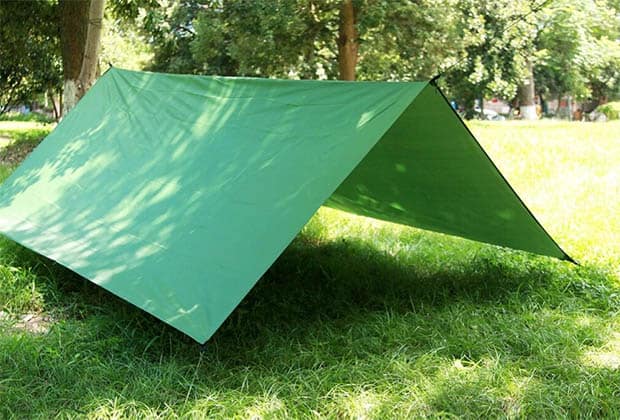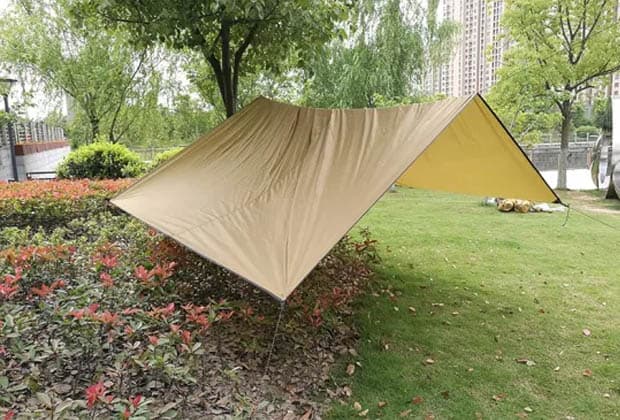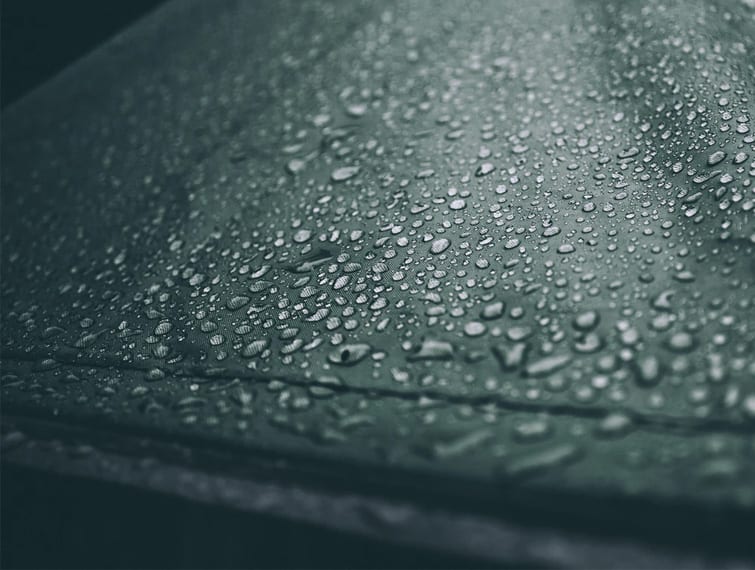Perhaps you are trying to learn how to protect your tent from rain and snow? Or are you looking for a new tent and want to know what a rain fly is, but don’t know how to use them? Rain fly is basically what they sound like.

What Exactly Is a Rain Fly?
A rain fly, also known as an canopy cover, protects your tent from the elements. It keeps you dry and comfortable while you sleep in it. The best tents have them built-in to their design. If yours doesn’t, then this article will help you decide if one should be added to your next camping trip.
A rainfly is usually made of waterproof material that can withstand windy conditions. They come in different sizes so you can choose which size fits your needs. Some even include mesh pockets on top where you can store small items such as keys or cell phones.
You may need to buy additional accessories depending on the type of tent you own. For example, some models require special poles to attach the rainfly to the tent. Others do not.
Is A Rain Fly Necessary?
If you’re planning on spending most of your time outside during your camping trips, then yes, having a rainfly is necessary. You’ll find yourself getting wet when it rains because there’s no protection between you and the weather. This could lead to hypothermia or worse.
Rain flies keep you protected from the elements by keeping water out of your tent. When it comes down to it, you won’t feel any difference whether you have a rainfly or not. However, if you plan on doing anything other than sleeping inside your tent, then you might consider buying one.

How To Use A Rain Fly
The first thing you need to remember about using a rainfly is that it has nothing to do with the actual tent itself. Instead, it only covers the top of the tent. So, once you’ve set up camp, all you need to do is pull back the flap at the entrance of your tent. Then, just close it behind you. That way, you won’t get soaked every time it starts raining.
The second step involves attaching the rainfly to the roof of your tent. There are many ways to do this. Most people prefer tying knots into the fabric. But, if you’d rather avoid making knots, then you can always purchase specialized ties instead.
Fun Outdoor Quiz
What Is a Rain Fly Made Of?
There are two main types of materials used to make rain flies: nylon and polyester. Both work well, though each offers its advantages over the other. Nylon tends to last longer than polyester. On the flip side, polyester is more durable and easier to clean.

Nylon rain flies tend to cost less than those made of polyester. You can often find cheap ones online. Polyester rain flies are typically more expensive. Still, both options offer good value for money.
Which One Should I Buy?
It depends on your budget and preference. If you’re willing to spend extra cash, then go ahead and pick up a high-quality rainfly made of polyester. Otherwise, stick with nylon. Either option works fine. Just make sure you check the reviews before purchasing.
How To Choose A Rain Fly?
When choosing a rainfly, look for these features:
Quality Construction
Look for a strong frame and sturdy stitching. Also, be careful when looking through the packaging. Make sure everything is in place.
Durable Design
The best rain flies will stand up against heavy winds and harsh weather. Plus, they should also resist tearing easily.
Easy Setup
It shouldn’t take too long to put together. Ideally, you want something that takes seconds to assemble.
Weatherproofing
Be wary of rain flies that don’t provide adequate protection. They may seem like an easy solution, but they aren’t worth the risk.

Does A Rain Fly Keep A Tent Warmer?
No, rain flies don’t help keep your tent warmer. The reason why tents come equipped with them is so that you can stay dry while still enjoying some shelter. It doesn’t matter how much heat you generate inside your tent
However rain fly does reduce wind chill but please do not count on them to keep your tent warmer as there is no insulation between the air and the ground.
Difference between Rain Fly and Tarp
A tarp is basically a large piece of cloth that’s designed to cover a certain area. You’ll use tarps to protect things such as vehicles, boats, etc. While rain flies are specifically designed to keep moisture away from your tent.
A tarp is essentially what a rain fly does without being attached to the ground. It hangs above your tent while providing some shelter from the wind and rain. The downside is that it doesn’t protect as much area around your tent. As such, you’ll still end up getting drenched even when it isn’t raining.
If you’re camping in cold climates, then you need a rain fly. This type of material helps prevent condensation build-up inside your tent. Condensation buildup leads to mold growth which could ruin your belongings.
If you plan on spending most of your time outside during warm months, however, then it might be better to invest in a tarp. Tarps are great because they allow you to enjoy all kinds of activities without worrying about getting wet or dirty.
In addition, tarps have their benefits. For example, they’re lightweight and portable. So, you won’t have any trouble carrying one around wherever you go.
Can I Use a Tarp as a Rainfly?
Yes! You can use a tarp as a rainfly. All you need to do is attach it to the outside wall of your tent. This provides additional coverage for your gear.
However, there’s one major drawback to doing so. When it rains, water runs off the sides of the tarp. This means that any items stored inside could potentially become wet or damaged.
Is It Worth To Repair Rain Fly?
If you have a torn rain fly, you might consider repairing it instead of replacing it entirely. However, this decision comes down to personal preferences. Some people prefer to replace their entire rain fly rather than repair just part of it. Others feel that if only small parts of the rain fly get ripped away, it won’t affect performance at all.
You can always try out different methods until you figure out which method suits you better. But remember that repairs usually involve sewing. So, expect to pay more for a repaired rain fly compared to buying a new one.









